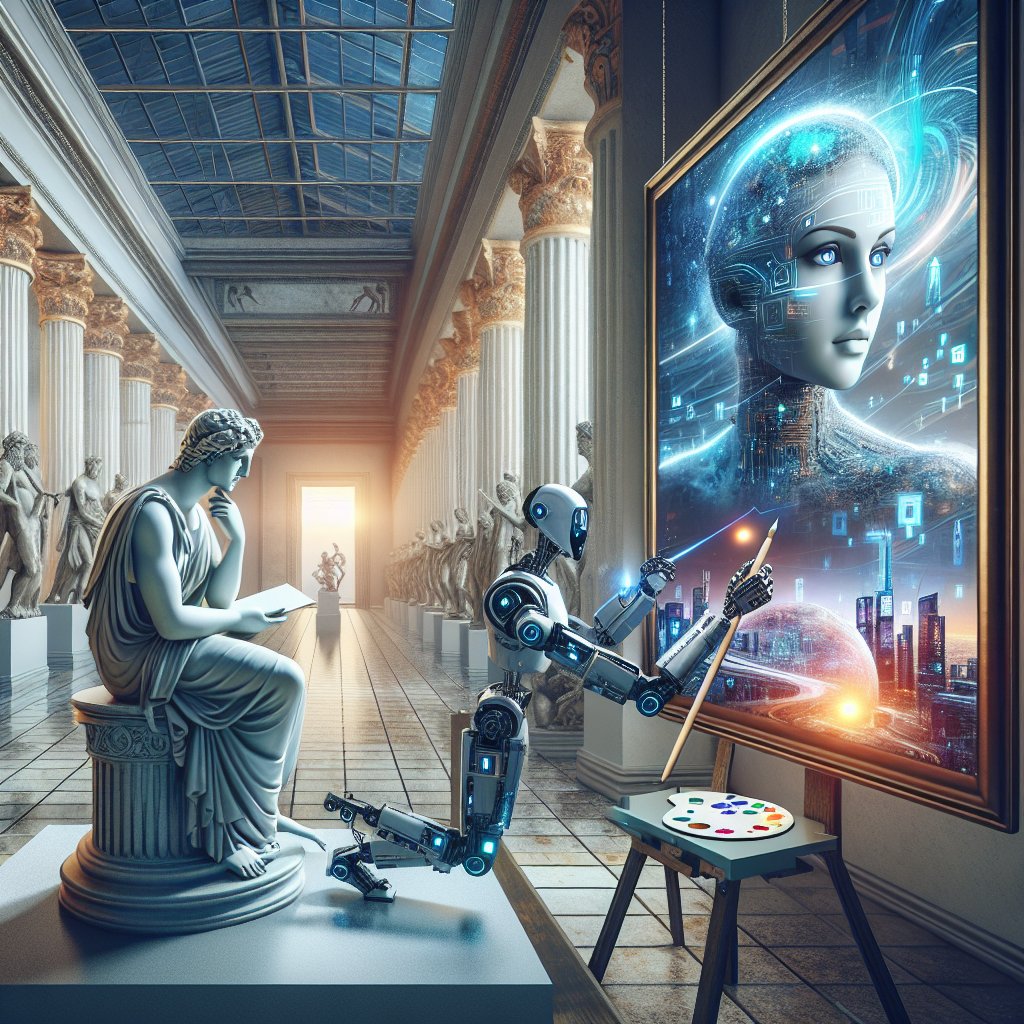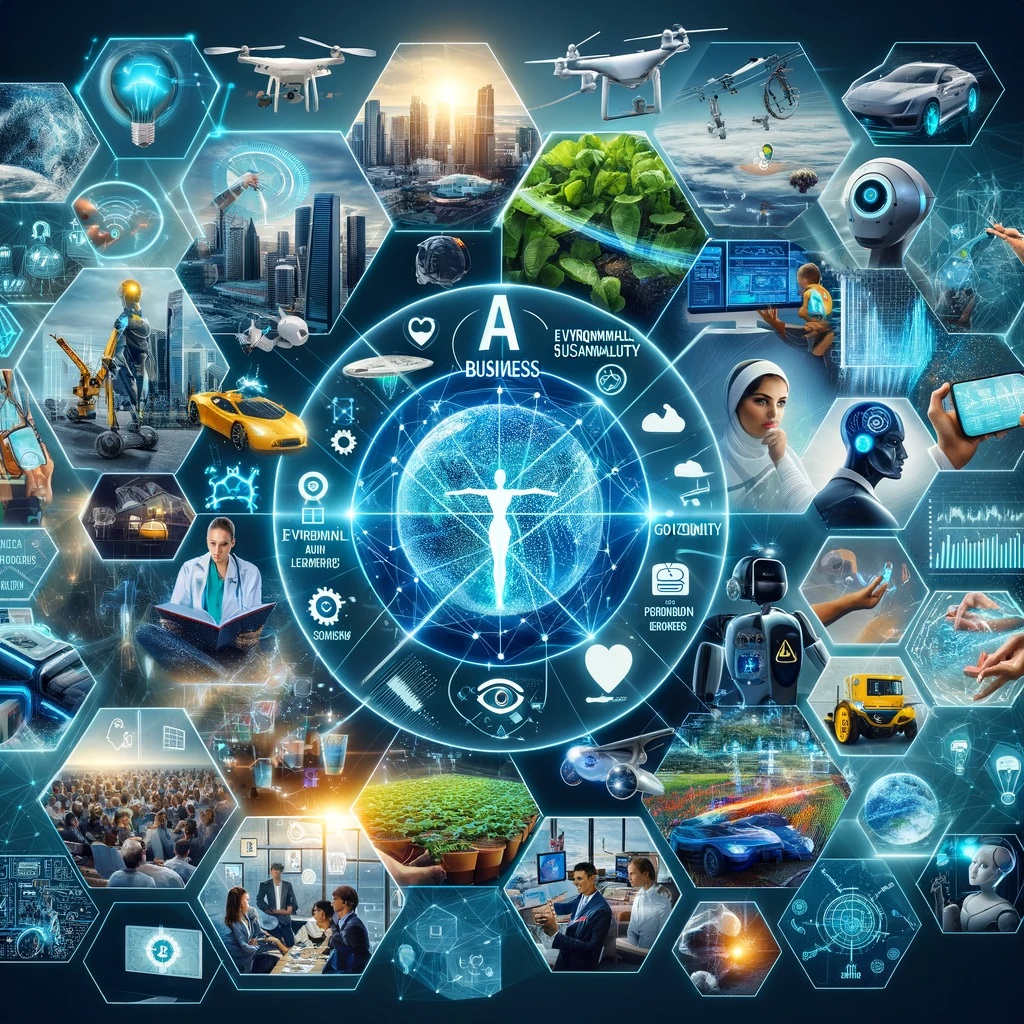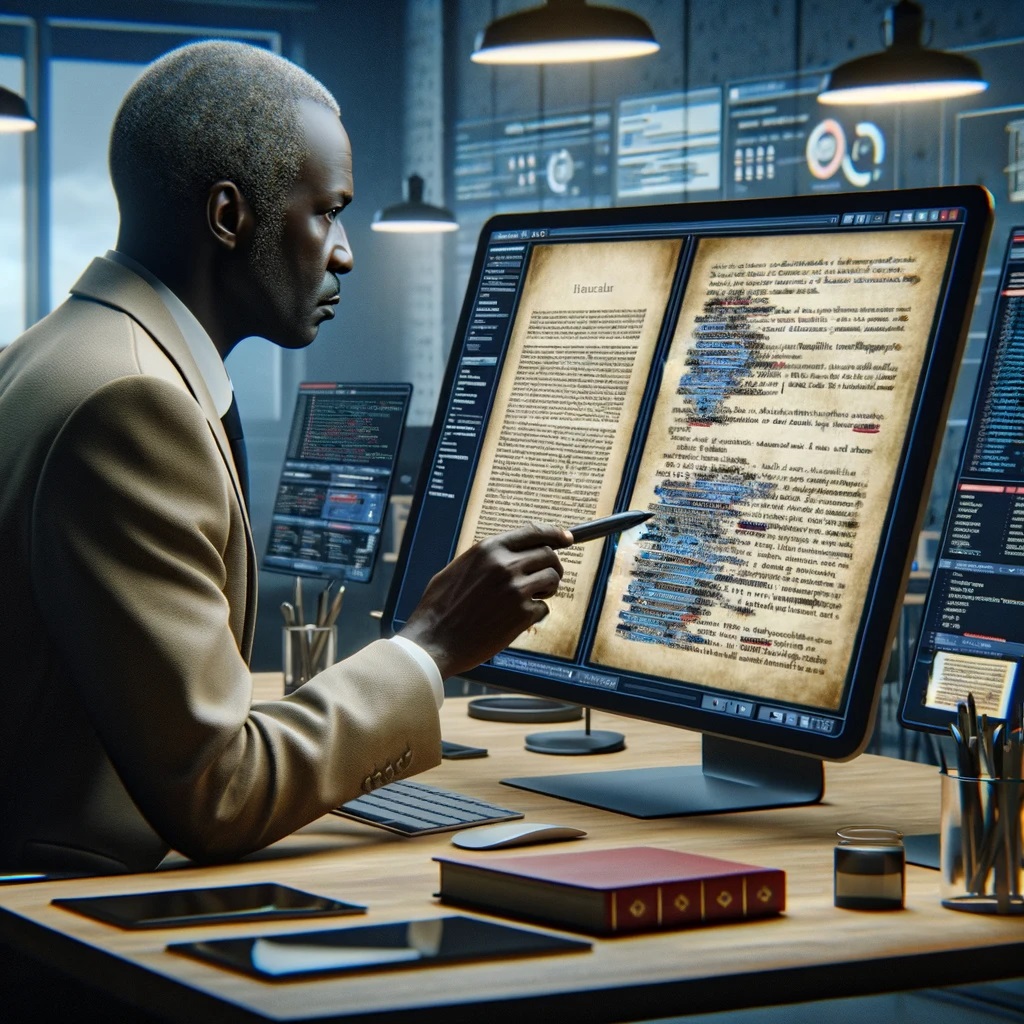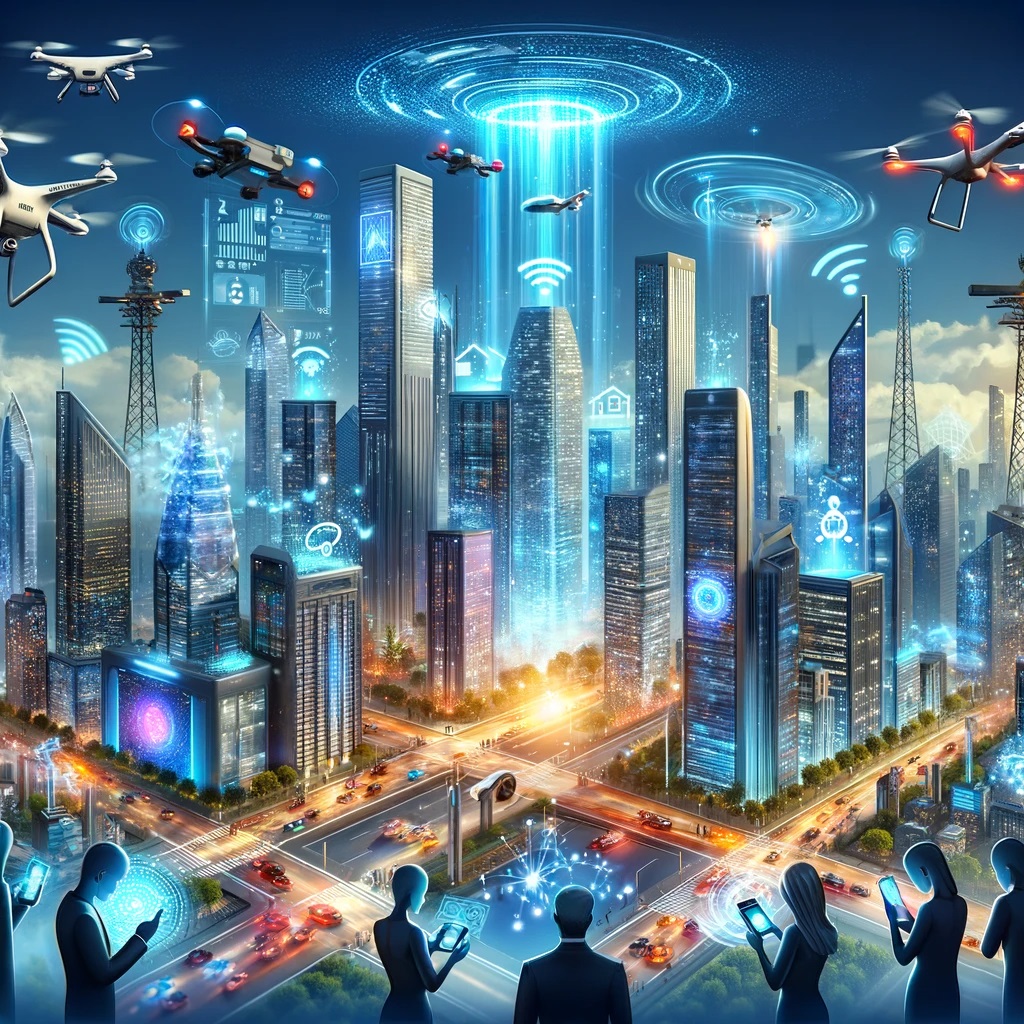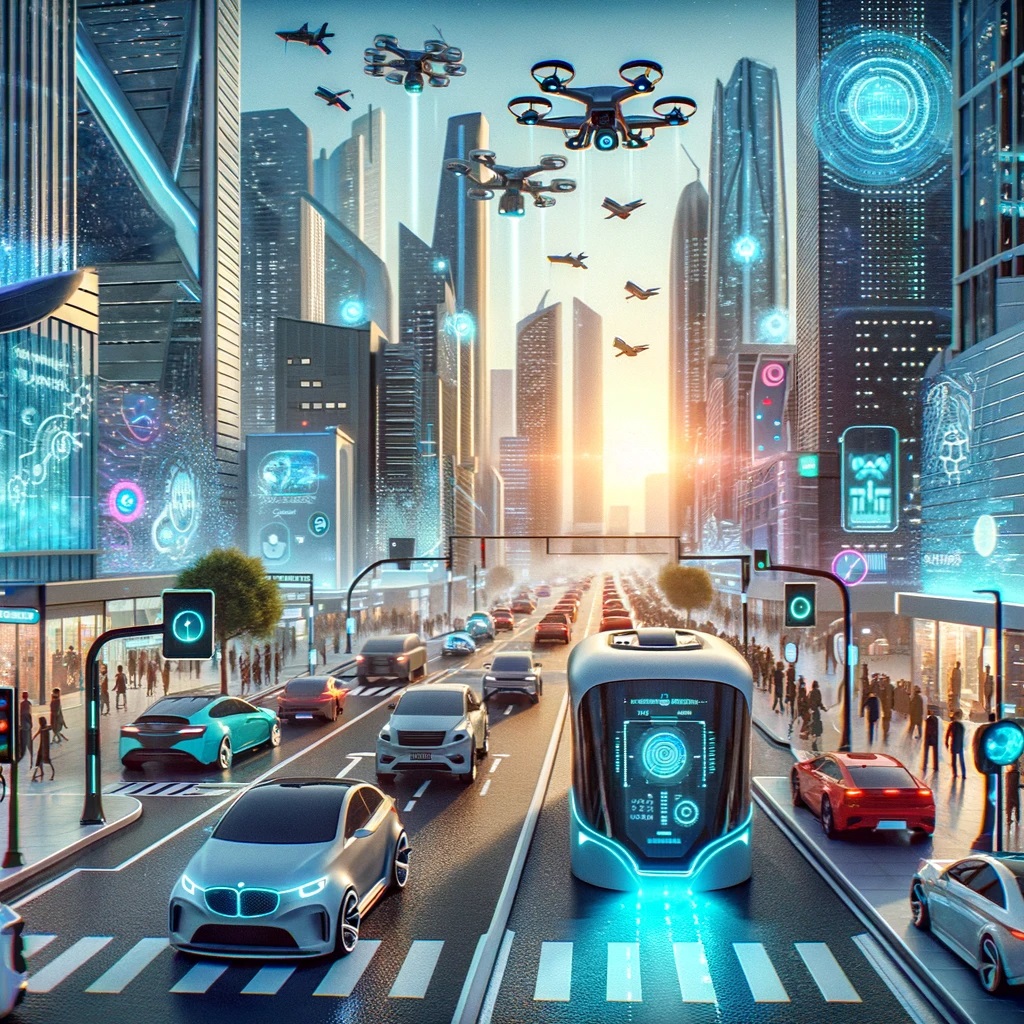The intersection of artificial intelligence and the arts sparks intriguing speculations about the future of creativity. As AI technology rapidly advances, it is poised to influence the artistic realm, opening new horizons for artists and altering the landscape of art production, curation, and interpretation.
Use of AI for Artists
The integration of Artificial Intelligence (AI) into the world of artistry is reshaping the creative landscape, offering new tools and possibilities for artists. This technological evolution is opening doors to unprecedented forms of expression and innovation. As AI systems become more adept at understanding and replicating artistic techniques, artists are finding ways to harness these capabilities to enhance their own work. From AI-driven design software that simplifies the creation process to algorithms that can generate original pieces, the fusion of art and AI is creating a new era in which technology becomes an active participant in the creative process.
Artists leveraging AI are not only altering their methods of production but are also expanding the boundaries of what can be achieved. The use of AI assists artists in experimenting with complex patterns, textures, and compositions at a speed that manual manipulation cannot match. This partnership between human creativity and algorithmic precision is leading to the birth of novel genres and styles. As AI continues to grow more sophisticated, its role in the art world is becoming ever more integral, providing artists with a powerful medium to translate their grandest visions into tangible reality.
The Potential for AI to Replace Artists
The advent of artificial intelligence is reshaping the landscape of creative professions, and its influence on the arts is a subject of both awe and apprehension. AI, with its algorithms that can learn and adapt, is making inroads into the domain traditionally dominated by human artists. It churns out pieces that resonate with creative flair, from painting to music composition. These technological advancements raise pressing questions about the role of AI in art and whether it merely augments the artist’s toolkit or stands on the brink of supplanting the artist altogether. With each AI-generated artwork that captures the public’s imagination, the conversation around the capabilities and potential of AI in the field of art becomes ever more vibrant and contentious.
How Is AI Influencing Creative Processes in Art?
Artificial intelligence (AI) is rapidly transforming the landscape of creativity and artistic expression. In the realm of art, AI is not only a tool for automation but also a collaborator, offering new avenues for artists to explore conceptual ideas and visualize the unseen. AI algorithms are capable of analyzing vast collections of artwork, recognizing patterns, styles, and techniques, thus providing artists with a wealth of insights and inspiration. This advanced technology is enabling creators to push the boundaries of traditional art, giving rise to novel art forms and reshaping the creative process by introducing elements of machine learning and generative design.
Can AI Foster New Artistic Movements and Styles?
The intersection of artificial intelligence and the arts is sparking a revolution, as AI technologies pave the way for new artistic movements and styles. AI’s capacity to process vast amounts of data and learn from it is enabling the creation of art that goes beyond traditional boundaries, offering a new lens through which artists and audiences can view and interpret creative works. Machine learning algorithms are now assisting in the design of intricate patterns, the generation of novel music compositions, and the invention of visual arts that challenge our perception of creativity. As AI tools become more accessible and sophisticated, they are facilitating a unique collaboration where human imagination synergizes with computational ingenuity to foster unprecedented forms of artistic expression.
The question of whether AI can nurture new artistic trends is becoming increasingly relevant as examples of AI-generated art continue to captivate the public. These innovative ventures into the realm of the arts are not only producing works that are aesthetically compelling but are also raising discussions about the nature of artistry and the role of the artist in the age of automation. The digital brushstrokes of AI are introducing art enthusiasts to styles that blend historical art motifs with futuristic elements, crafting a canvas where the past and future converge. As artificial intelligence becomes a more integral part of the creative process, it’s clear that the stage is set for AI to influence the emergence of novel and transformative artistic movements and styles.
What Ethical Considerations Arise with AI-Generated Art?
The advent of AI-generated art has sparked a fascinating and multilayered debate around the ethical considerations that arise from this burgeoning technology. As artificial intelligence systems become increasingly adept at creating visuals that resonate on an emotional level, concerns about authenticity, creativity, and intellectual property come to the fore. AI-generated artworks open a Pandora’s box of ethical questions: Who is the true creator of such works? What does it mean for the value of human artistry? And how do we navigate the complex terrain of copyright and ownership rights when an algorithm can produce art that mirrors, or sometimes surpasses, the talent of human artists?

